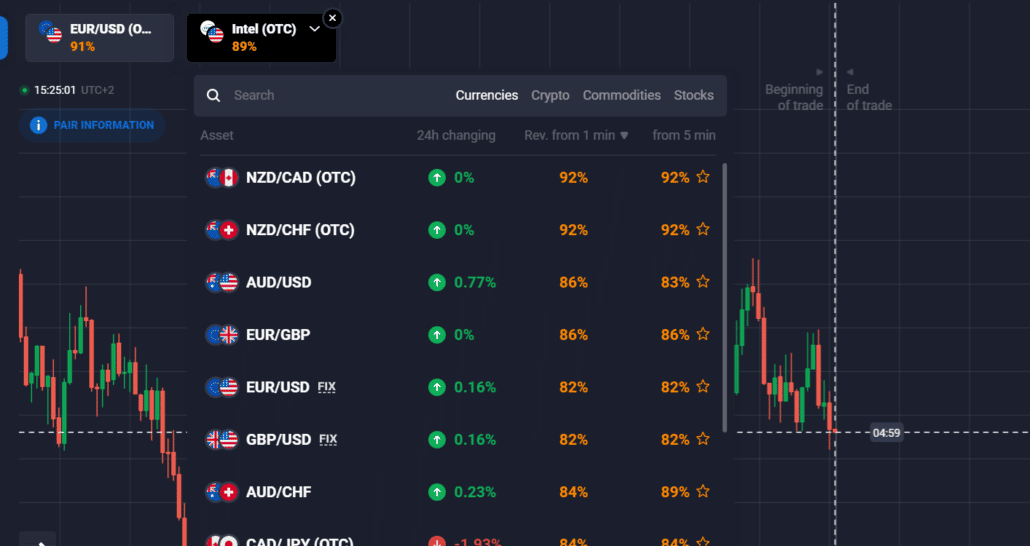Online savings accounts promise alluring interest rates and absolute digital convenience – open one from the comfort of your home. But before diving in, evaluate whether a digital bank suits your banking preferences.
This article outlines key considerations around liquidity access, account security, customer support and more to illuminate what sets digital banks apart.
Review these factors before applying to ensure you select a savings account aligning with your online or traditional brick-and-mortar needs.
Key Factors to Evaluate Before Choosing a Digital Bank
Carefully evaluate whether an online-only savings account provides the rates, features and services that match your banking preferences.
1. Look for Competitive Interest Rates
The main appeal of online savings accounts is earning a higher interest rate versus traditional banks. This is because digital banks have fewer overhead expenses without physical branches. They pass the savings to you as the customer.
When comparing interest rates for digital savings accounts, look for the highest APY (Annual Percentage Yield). It allows you to compare different financial products on a level playing field, even if they have varying compounding frequencies or interest structures.
However, don’t get swayed by promotional rates alone. See what the ongoing rate will be after any special offers expire.
2. Check for Fees
One advantage of online savings accounts is that they generally charge low fees. Because you conduct all transactions digitally, there are no teller fees. And with no branches to maintain, you avoid various overhead charges.
When evaluating a digital bank, double-check for monthly maintenance fees, balance minimums to avoid fees, and any fees associated with deposits, withdrawals, or transfers. Read the fine print. Digital offers with the highest interest rates often have more strings attached.
3. Assess Access and Ease of Use
Opening and managing a digital savings account is convenient since it’s all online. However, convenience also depends on the bank’s digital tools and features for accessing your funds. Consider:
- Is there a mobile app with good reviews? Can you easily monitor balances or transfer funds?
- What are the options for making deposits and withdrawals? Is there a remote cheque deposit? Is there an external bank linking?
- How fast can you access money in case of an emergency?
Test out the digital experience before committing to ensure it will be user-friendly for managing your savings on an ongoing basis.
4. Understand DICGC Insurance Coverage
When safely storing your hard-earned savings, it’s perfectly reasonable to have questions about deposit protection with an online bank. While digital banks don’t have physical branches, they still offer the same DICGC (Deposit Insurance and Credit Guarantee Corporation) insurance as traditional banks – up to ₹5 lakh per depositor. This covers you in case the bank becomes insolvent or fails.
Be sure any digital bank you consider displays DICGC signage on its website. The RBI’s backing ensures the safety of your money.
5. Compare Promotional Offers
Digital banks frequently offer cash bonuses or higher short-term rates to attract new customers upon account opening. This allows you to earn extra returns while evaluating a potential new account.
However, don’t let bonuses and promotional APYs be the only factor. Once special offers expire, understand the ongoing, long-term interest rate and fees. The account still needs to make sense for your future savings needs.
6. Read Online Reviews
Because digital banks operate exclusively online, it pays to seek reviews from existing customers before opening an account. This feedback can prove invaluable for gauging how the bank performs across criteria like:
- Interest rates and fees compared to competitors
- Digital account access and ease of use
- Responsiveness of customer service for remote issues
Independent customer reviews on third-party sites can further validate marketing claims from digital banks and help identify potential drawbacks to be aware of.
Sign up is Quick and Easy
Signing up for a digital savings account is quick and convenient. The application process typically requires providing some personal details for identity verification, which includes a video KYC. You may need to grant access to your camera and geolocation to complete this process.
You can open a savings account tailored to your financial needs with just a few clicks. Additionally, you’ll need to submit funding details to make the initial deposit. Getting started with a digital savings account takes just minutes, with no lengthy paperwork.
Conclusion
With some upfront research, a digital savings account can provide a convenient way to earn higher interest than traditional ones. The online application process is quick and easy, allowing remote account opening within minutes. However, be sure to read all fine print and customer reviews first to avoid any surprises.
This will help ensure a digital savings account aligns well with your banking needs before enjoying special online-only rates and features like mobile access. With homework done beforehand, opening a digital savings account promises simpler interest earning.



